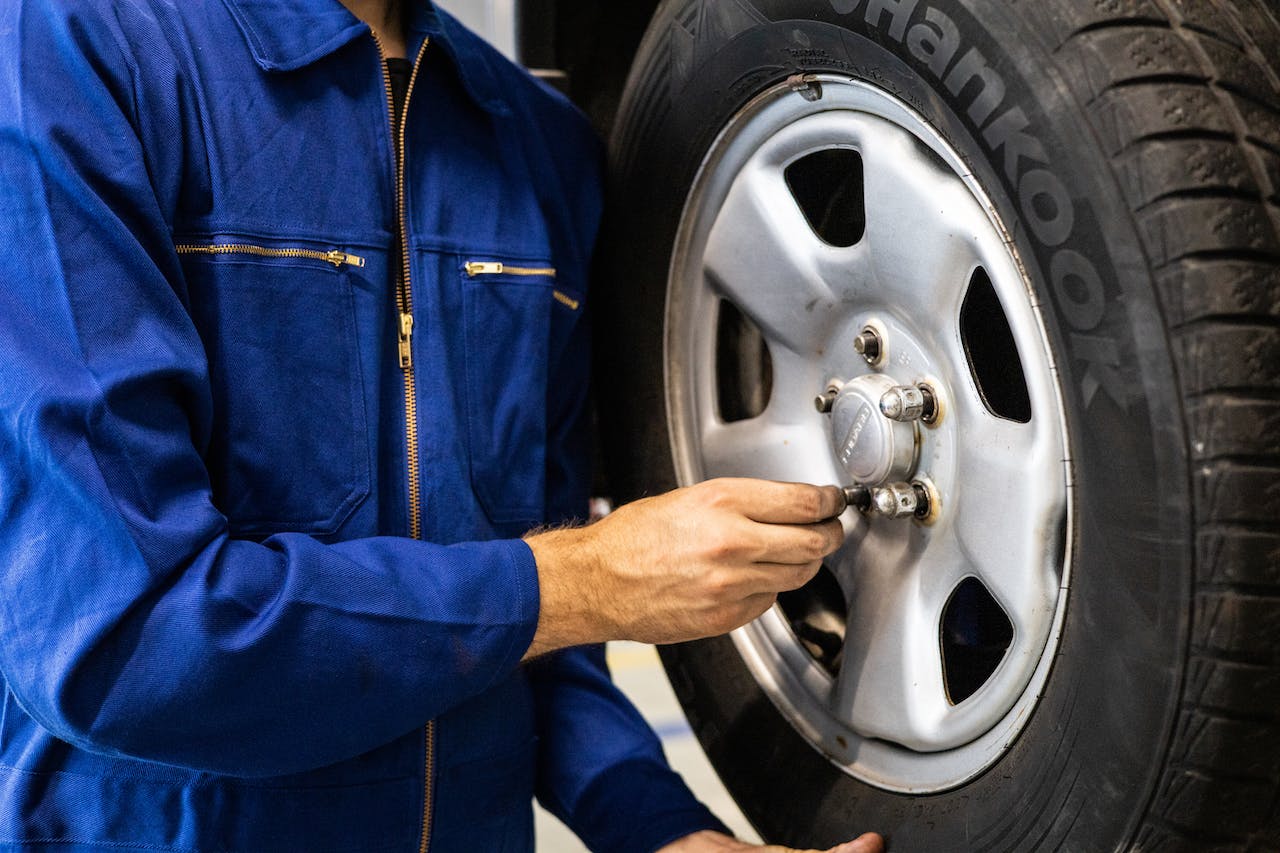Rotating tires is the act of moving tires from one area of the vehicle to another. Tire rotation is necessary because tires are worn differently based on their location on the vehicle. In most tire rotations, the tires change from the rear to the front and from the front to the rear. Likewise, passenger side tires move to the driver’s side and vice versa.
Tire rotation is needed to ensure balance in tire usage. Changing tires in this way helps to prevent tread deterioration, which is important on roads that are frequently wet, icy or treated with salt. The life of tires can be significantly extended with proper rotation. Perhaps more importantly, balanced tires make the vehicle easier to handle.
The frequency of tire rotation depends on the type of vehicle. However, changing tires should be based not on time but usage. In most cases, tires should be rotated every 10,000 km. For an easy way to remember, when it is time for a tire change, residents should consider having this done with every other oil change.
Vehicle owners should check the automotive manual to learn if tire rotation is recommended more or less frequently. For instance, cars that are front-wheel drive might have a different frequency than those vehicles that are rear-wheel drive. Front-wheel drive puts more pressure on the front tires, which may lead to a recommendation for tire rotation every 5,000 to 7,500 km rather than the more typical 10,000 km. Rear-wheel drive offers a balance in tire usage that is not seen with front-wheel drive, but those tires still need rotation to ensure that balance stays in place.
Car owners should consider the tire manufacturer as well. Some tire makers require rotation with a specific frequency and pattern to keep the warranty in place. Those who are unsure of the warranty specifications can check with their local tire shop. They should be able to provide enough information to ensure the warranty is not compromised.
Another factor to consider when deciding how often tires should be rotated is the specific amount of wear on each tire. Treadwear should remain uniform overall tires. If tires show significant tread variations, this is a sign that tire rotation should be performed with more frequency.
Car owners might consider a five tire rotation. This rotation includes the spare tire in tire changes. A five tire rotation extends the life of tires even further, but it should only be done if all five tires are identical in manufacture and have roughly the same amount of wear.
Tire rotations should be performed by professionals. DIY tire rotation is possible, but it can nullify a warranty due to the fact that there is no documentation showing the rotation has taken place. Also, a professional will examine each tire during the rotation to make sure there are no problems that need to be repaired. They will check air pressure and add any air that is needed as well. Professional rotations also ensure the process is done correctly, which can be difficult when performed by someone who does not have all of the necessary skills and equipment.
When looking for someone to perform the tire change, residents should seek a service shop that focuses solely on tires. Tire shops have the best knowledge of tire rotation. They know exactly what to look for when inspecting tires. They are also aware of how to reset the calibrations of those vehicles with air pressure monitors. Furthermore, tire specialists are able to provide quick and easy service every time tires need to be changed.

